Indian Motorcycle, one of America’s oldest and coolest motorcycle brands, has seen its name passed from owner to owner for decades. Now, it’s time for Indian to fall into the hands of a new caretaker once more. The brand, once the pride of Polaris Inc., has been spun off into a standalone company. But that’s not all, as Polaris also sold a majority stake in Indian Motorcycle to Carolwood LP, a private equity firm. Here’s what’s happening with one of America’s favorite purveyors of fast cruiser motorcycles.
Back in 2011, Polaris, which was then known as the brand for snowmobiles, side-by-sides, and the owner of Victory motorcycles, decided to do something big by reviving Indian Motorcycle. The marque, which had spent much of its original history as Harley-Davidson’s biggest rival, was more of a niche player. Polaris rebooted Indian again and launched new bikes in 2013.
Since then, Indian has risen to become the number two producer of American motorcycles in certain segments and number one in mid-size cruisers. Indian has produced some epic motorcycles in that time, like the FTR, a bike I still consider to be America’s best and coolest motorcycle, and the Challenger Dark Horse, a love letter to big cruisers. Now, it’s time for Indian to open another chapter in its history as it mostly separates from Polaris and back into the hands of private equity. Yeah, this isn’t Indian’s first rodeo with private equity. Let’s talk about it.
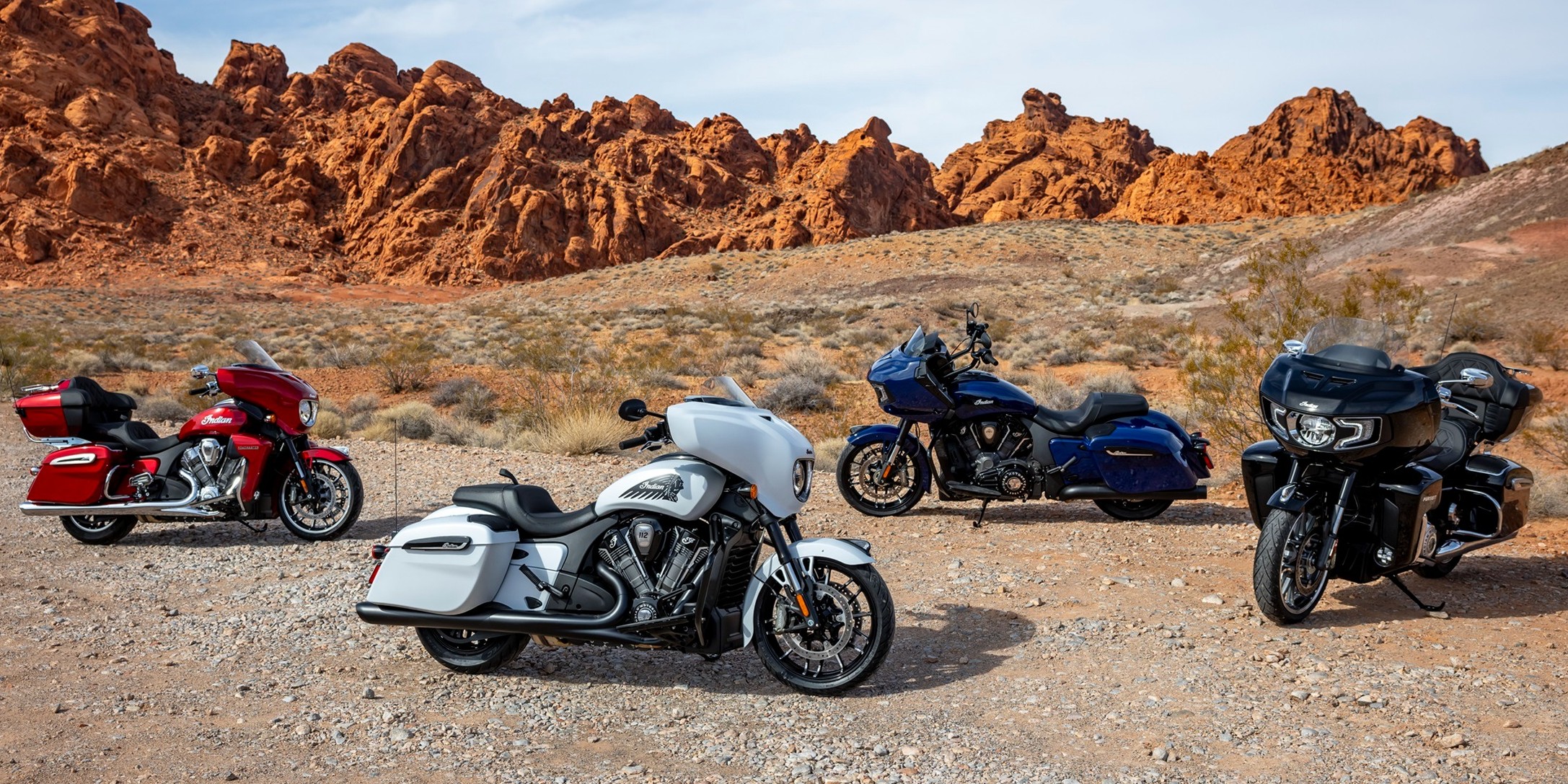
A Primer
I think to truly understand the situation that Indian is in right now, we should take a look at how the brand got here. Indian has not been as lucky as Harley-Davidson to have existed continuously for over a century. Instead, the brand has come and gone and has been passed around to vastly different owners over time.
Here’s some of Indian’s story from my previous reporting:
It was founded in 1901 by George M. Hendee with engineer Oscar Hedstrom. This technically makes Indian two years older than Harley-Davidson, which kicked off its colorful history in 1903. Indian, like Harley, was a trailblazer in developing America’s rich motorcycle culture. The Hendee Manufacturing Company, as it was called back then, was a serious contender in motorcycle racing. Hedstrom rode one of his motorcycles to a speed record of 56 miles per hour. He also won an endurance race from New York City to Springfield, Massachusetts, which was then home of Hendee Manufacturing. The company was known for its record-setting stunts back then.
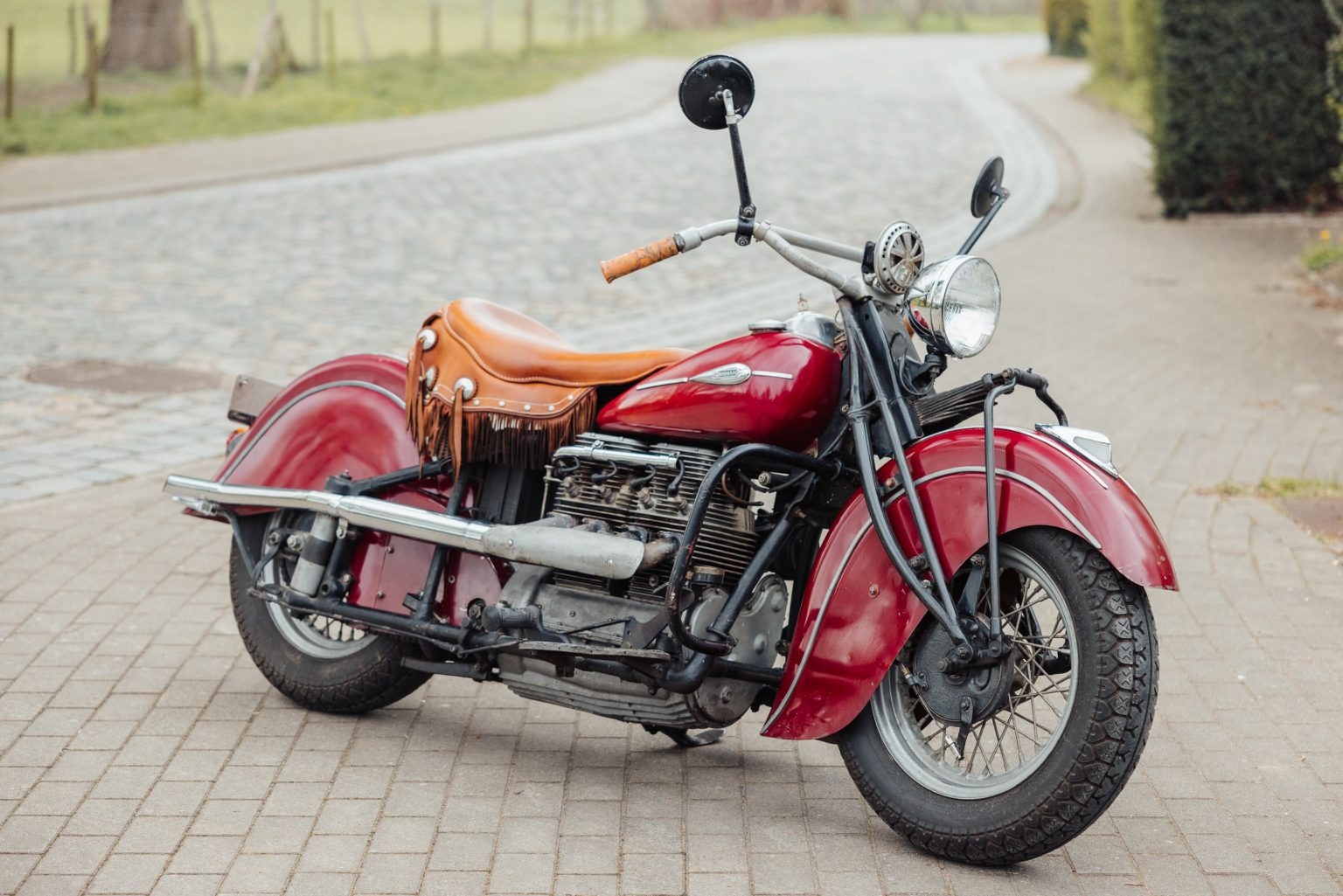
The Hendee Manufacturing Company, as it was called back then, was a serious contender in motorcycle racing. Hedstrom rode one of his motorcycles to a speed record of 56 miles per hour. He also won an endurance race from New York City to Springfield, Massachusetts, which was then home of Hendee Manufacturing. The company was known for its record-setting stunts back then.
In 1906, a Hendee dealer pair rode an Indian motorcycle from San Francisco to New York City in a record-setting 31 days, apparently not suffering any mechanical problems along the way. The Indian factory team swept the podium in the 1911 Isle of Man Tourist Trophy, Ed Kretz won the first Daytona 200 race in 1937, and in the early 1950s, the company had a team of dominant dirt and road racers. These were the days when motorcycle manufacturers sold bikes by proving how fast and durable they were.
Unfortunately, Indian went into a period of steep decline after World War II before failing in 1953. By my count, the Indian name and its trademarks would then get passed through at least nine or 10 owners from 1953 to 2003. Efforts to keep the brand alive have involved everything from importing Royal Enfields and Honda mopeds to even rebadging a go-kart.
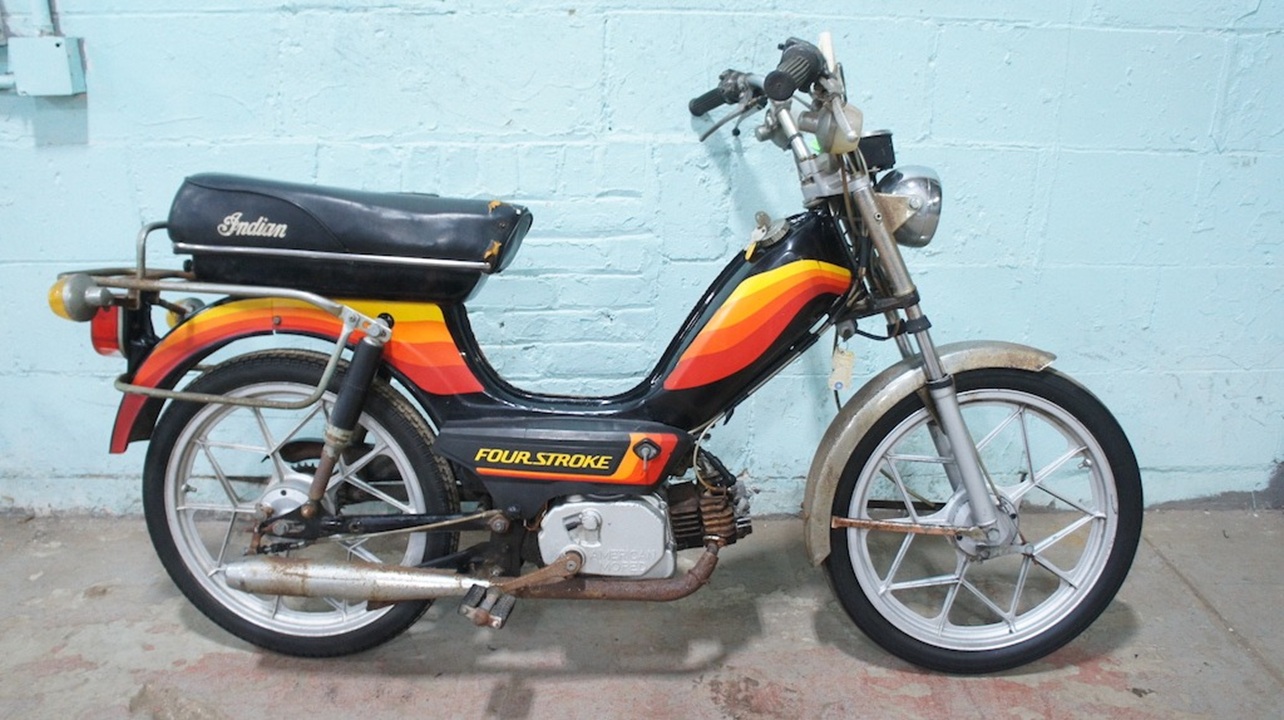
In 2006, Stellican Limited, a private equity firm based in London, tried to correct the madness with its launch of the Indian Motorcycle Company in 2006. Stellican’s schtick was reviving dead brands that had valuable names. The firm was most proud of bringing back Chris-Craft boats and the Outboard Motor Corporation.
Polaris would right the ship after nearly a dozen caretakers. I have ridden many of Indian’s products during the Polaris era, and what Indian has achieved in such a short time is remarkable. Today’s Indians are often faster than Harleys and with cooler technology and more horsepower.
So, I hope that Indian’s new caretakers are not about to ruin that.
Indian Leaves Polaris

On October 13, Polaris made an unexpected announcement:
[Polaris] today announced its decision to separate Indian Motorcycle (“the Business”) from its portfolio and into a standalone business. The Company has entered into a definitive agreement to sell a majority stake in Indian Motorcycle to Carolwood LP, an independent private equity firm founded in 2014 and headquartered in Los Angeles, California. Indian Motorcycle contributed approximately $478 million, or 7.0%, of Polaris’ revenues for the trailing twelve-month period ended June 30, 2025.
Upon close, the transaction is expected to be accretive to Polaris’ annualized adjusted EBITDA by approximately $50 million and to adjusted earnings per share (“EPS”) by approximately $1.00. The close of the transaction is expected to occur in the first quarter of 2026, subject to the satisfaction or waiver of customary closing conditions. Polaris is confident in Indian Motorcycle’s future success under Carolwood ownership and will maintain a small equity position in the Business after the transaction closes. Additional terms of the deal were not disclosed.
“Polaris and Indian Motorcycle both stand to benefit from this deal, which will enable each business to move faster, deliver industry-leading innovation, and lean further into our respective market strengths,” said Polaris Chief Executive Officer Mike Speetzen. “For Polaris, the sale will further strengthen our focus on the areas of our portfolio that offer the strongest growth potential and allow us to accelerate investments in key initiatives and create wins with customers and dealers. It also will unlock greater long-term value for Polaris and our shareholders, with immediate value creation that we expect will become increasingly meaningful over time.”
Approximately 900 employees will transfer from Polaris to the spun-off Indian, and Indian will retain the same engineers, designers, design facility in Burgdorf, Switzerland, and manufacturing facilities in Spirit Lake, Iowa, and Monticello, Minnesota, that it had under Polaris. According to details about the deal, Polaris will maintain a small equity position in Indian.
Indian currently employs over 1,000 people, and it’s currently unclear how many jobs will be affected by the transition.

This deal is supposed to enable Polaris to chase sales in its core off-road segments. The personal watercraft, ATV, and UTV (side-by-side) markets have been struggling for a while. As RideApart reported in October 2024, the powersports market experienced a two-year downturn, and for pretty much the same reason why RV sales had fallen so dramatically during the same window of time. People went on a side-by-side buying frenzy during the height of the COVID-19 pandemic as a way to have fun without getting sick. But as soon as more traditional vacation venues fully reopened, people went back to doing what they did before.
The UTV market began recovering in late 2024, but, as RideApart noted in a different piece, Polaris was in a rough position. When the company released its earnings report in October 2024, Polaris indicated that its profits plunged 82 percent compared to the year before. Polaris pointed fingers at unease over the 2024 presidential election, high interest rates, and just general consumer confidence about buying expensive toys in the current economy.
As UTV Driver reported in August 2025, things have been looking better for Polaris lately. In Q2 2025, the brand reported a dip in total sales and a drop in profit, but the off-road vehicle unit increased sales by one percent year-over-year. Sure, that’s not much, but it is a trend in the right direction after that bludgeoning in 2024. So, it seems pretty clear here that Polaris really wants to hone in on the side-by-sides and other off-road vehicles, and leave Indian to figure out its own path forward.
The Future Of Indian

Polaris says that Indian Motorcycle will now be an independent brand, but it’ll be under the control of Carolwood LP. The private equity firm says this about itself:
Carolwood LP is a fully integrated real estate and private equity firm founded in 2014 by principals Andrew Shanfeld and Adam Rubin. We acquire and manage a diverse portfolio of properties and companies with meaningful potential for repositioning and growth. Driven by an entrepreneurial mindset, Carolwood builds lasting value for our investors, our partners, and the communities we serve.
Carolwood says that it has never sold an asset it has purchased, and it has a knack for investing in consumer, industrial, media, and technology companies, specifically with revenues between $50 million and $500 million. Carolwood’s brands include sports substack Jomboy Media, real estate media platform Estate, Zab’s Hot Sauce, and a handful of small restaurant operations. Indian will likely be Carolwood’s biggest brand.
Thankfully, Carolwood had made a positive early move by installing a motorcycle guy as CEO. Mike Kennedy will lead Indian into its future. Kennedy used to be the CEO of motorcycle dealer platform RumbleOn as well as President of famed motorcycle accessory company Vance & Hines. In his past, he spent 26 years at Harley-Davidson, eventually rising to the rank of Vice President and Managing Director of Americas from 2010 to 2017. Kennedy was also Vice President of Sales at BRP from 2006 to 2008.

The deal is expected to close in the first quarter of 2026 and at first, nothing much will change on the customer-facing side. As I noted earlier, most Indian employees will transfer from being employed by Polaris to being employed by Indian. The company will also continue selling its motorcycles and merch like it currently does.
As for the future of Indian, Carolwood says:
“Indian Motorcycle is an iconic brand built on American heritage, craftsmanship, and most importantly, a community of riders,” said Andrew Shanfeld, Principal at Carolwood. “We’re honored to help usher in its next chapter as an independent company and to support its continued growth as a symbol of performance and pride. At Carolwood, we target iconic brands that we can passionately impact. Indian Motorcycle allows us to do just that.”
Adam Rubin, Principal at Carolwood, said, “Indian Motorcycle has defined American motorcycling for over a century, and Carolwood’s role is to ensure that legacy thrives for the next hundred years. Mike Kennedy brings over 30 years of experience leading iconic motorcycle and performance brands and will play a critical role in stewarding Indian Motorcycle’s growth. At Carolwood, we’re deeply committed to preserving what makes Indian Motorcycle special, supporting its growth, and empowering the team to write its next great chapter.”
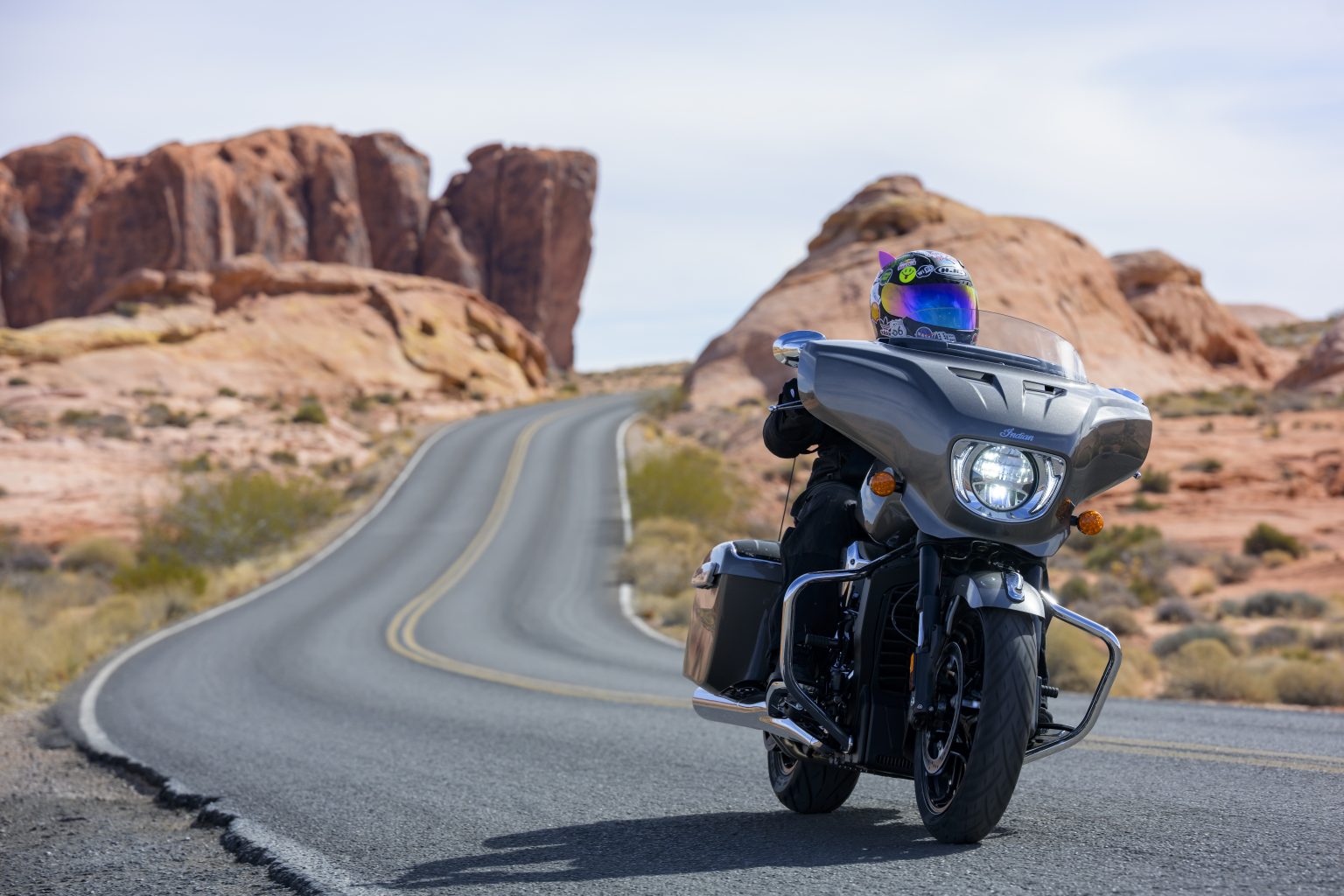
I think what’s perhaps the most shocking about this news is that nobody really expected it to come. Sure, Indian drove only 7 percent of Polaris’ total revenues, but Polaris seemed to be a pretty good caretaker for the storied brand. I know I had to do a double-take when I saw the news on the wire.
It will be interesting to see how this change will impact the future of Indian. I sincerely hope that this means we get more awesome motorcycles. I also really hope that things don’t go belly up, as often happens when private equity gets involved in a beloved brand. We’ve seen too many great names ruined after private equity has gotten involved, including Red Lobster, Green Car Reports, Motor Authority, The Car Connection, Donut Media, Hoonigan, Autoblog, and so many more. Even LKQ is now under a private equity umbrella.
This is not to be mean or disparage anyone. I don’t really roll like that. But other firms have set an unfortunate precedent. So, it’s fair to wonder what’s going to happen to Indian. It’s too early to tell, but we’re rooting for Indian. For now, it looks like business will roll on as usual. Let’s hope things stay that way.

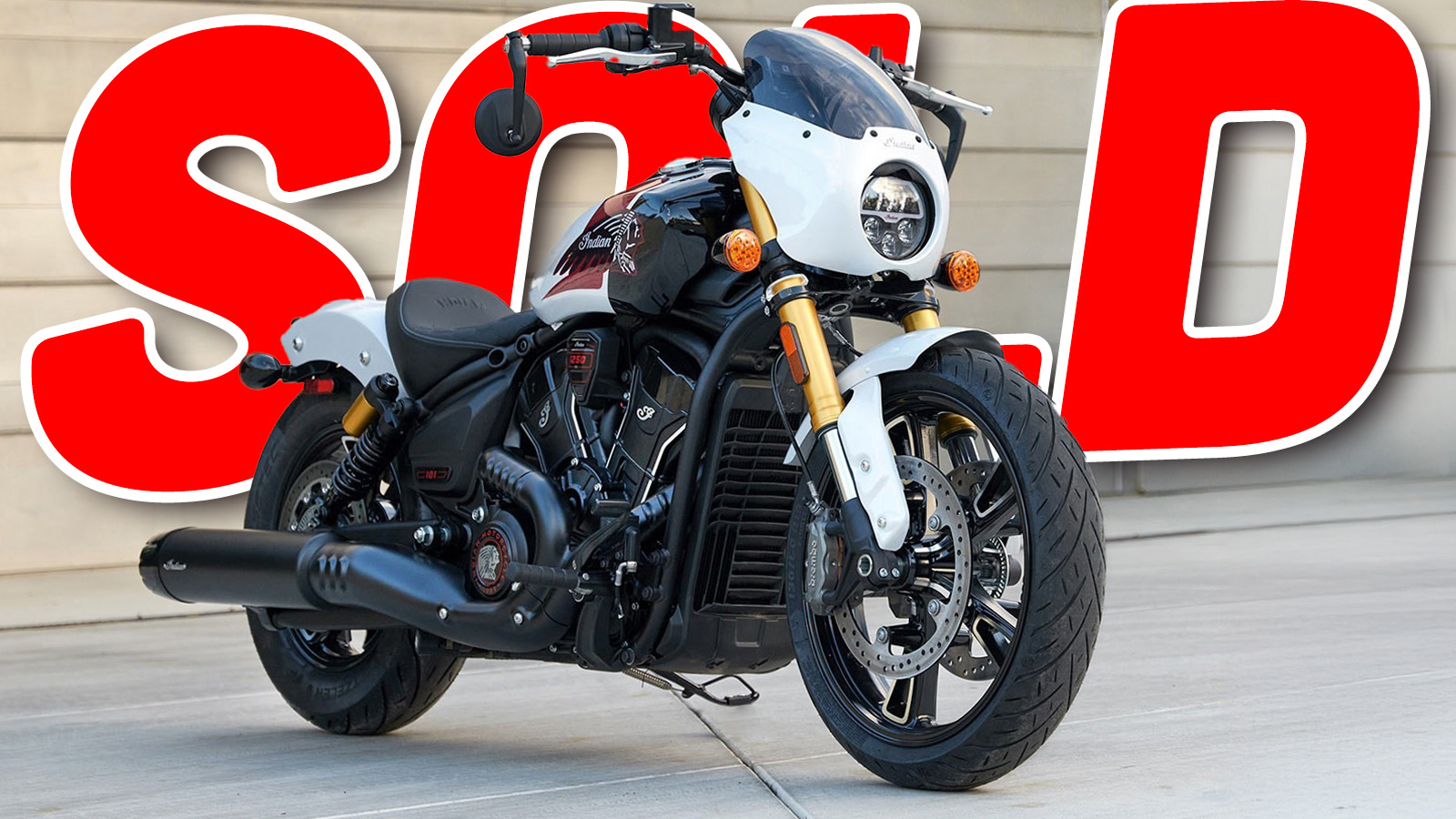




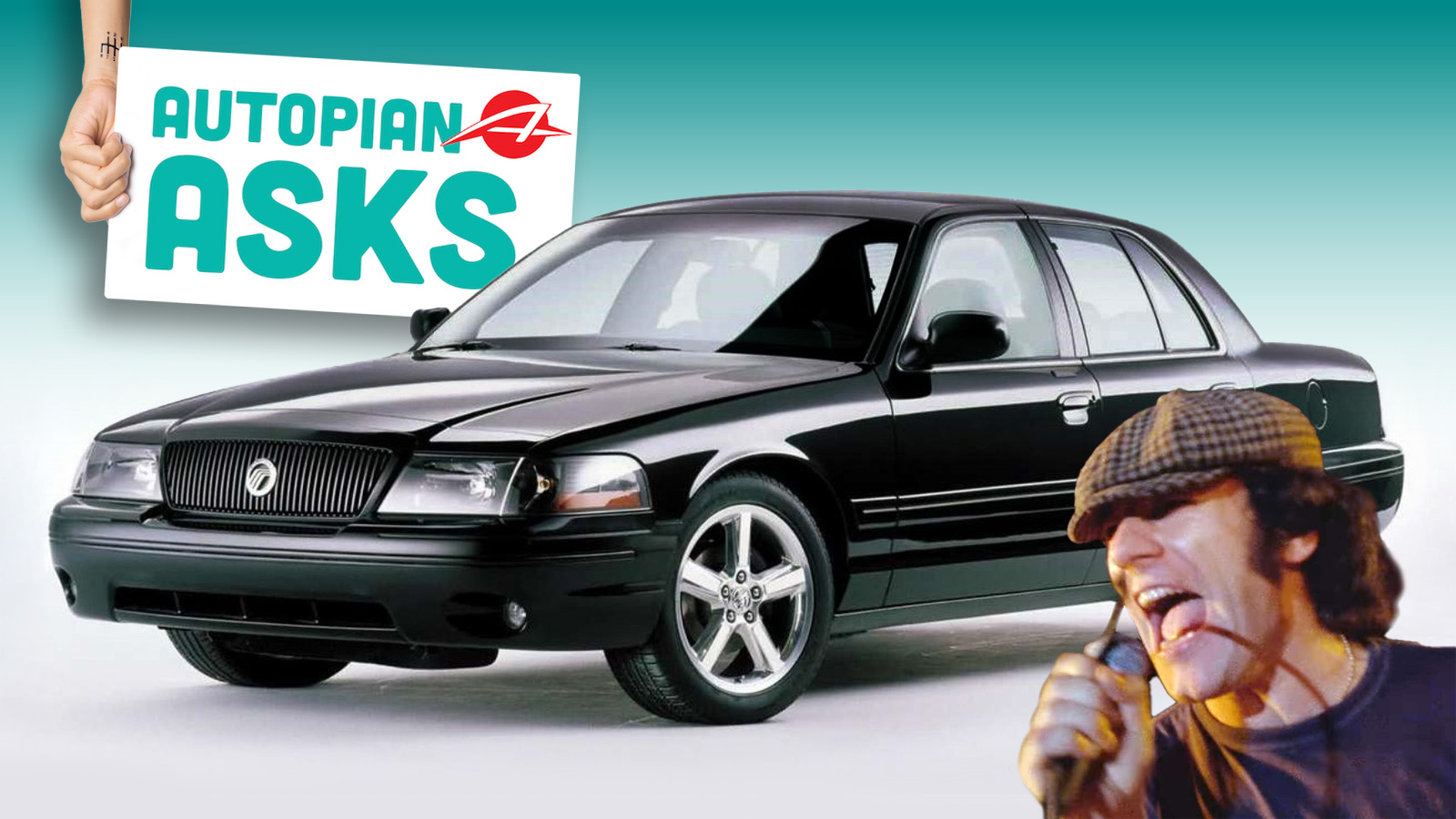

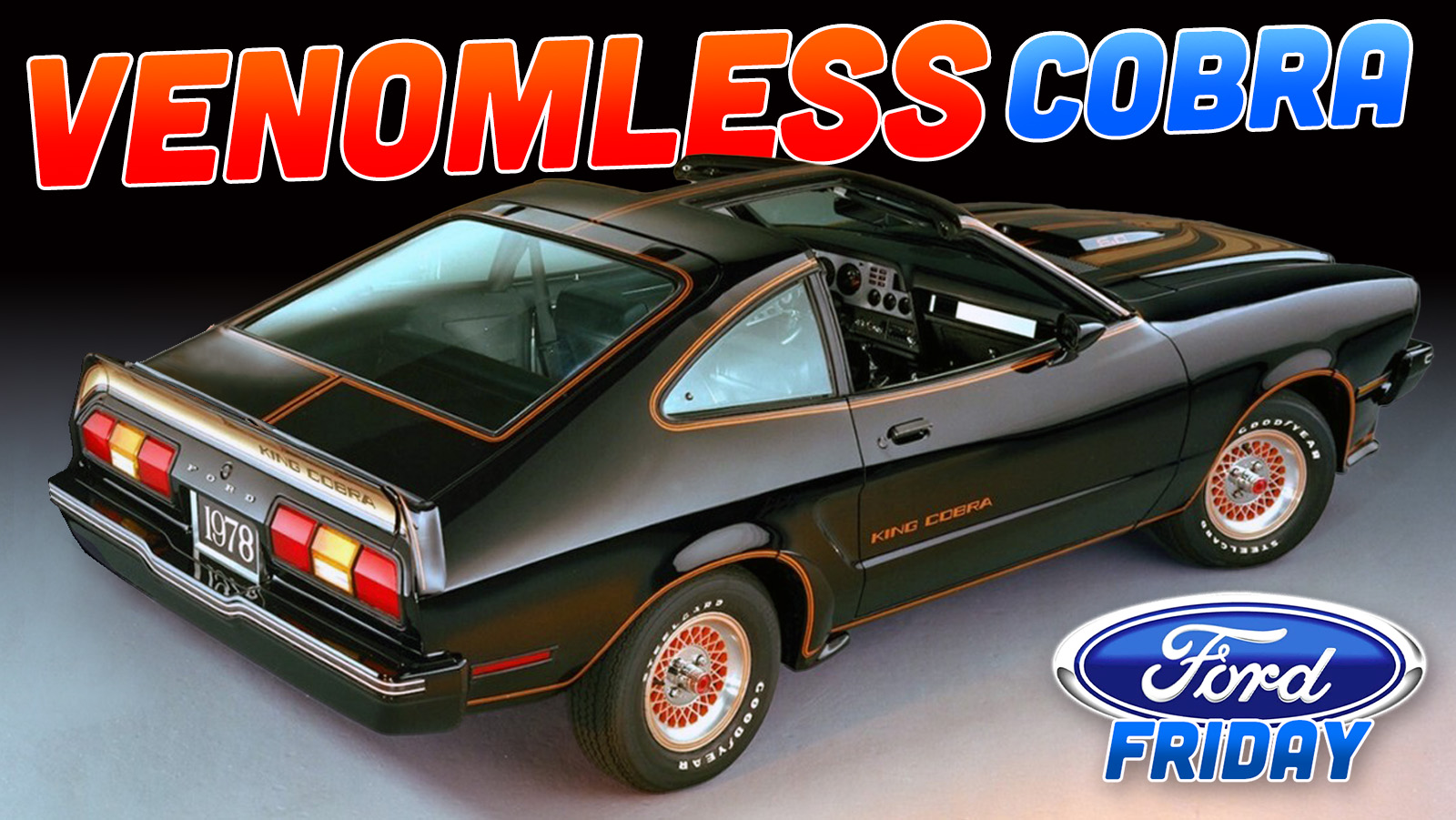
What they should do now, is change their name back to Victory.
“….Here’s What Comes Next”
Based on our previous experience with PE and companies of various description, dissolution, death and the wanton looting of the corpse.
In my browser (Firefox) “A Primer” section, about half of the quoted paragraph is repeated above and below the photo (red bike), starting with “The Hendee Manufacturing Company…” Not sure if that’s the case for everyone but haven’t seen a comment mention it yet.
Not at all optimistic about a private equity firm, especially one that seems so focused on real estate. :/ They seem to be making the right moves with leadership and recognition of the importance of Indian, but I’m concerned they’re just going to focus on the bits that they can squeeze the most money out of, and then it will be gone.
We all poke fun at the pirate/leather daddy dentists that gravitate towards The Motor Company’s offerings…but maybe a company that solely makes cruisers can’t survive here in the United States of Freedom Fried Cheese Eagles without them. Maybe Indian wasn’t leaning hard enough into the American Exceptionalism/Individualism to succeed.
Or maybe we didn’t need multiple companies offering $20k+ cruisers.
Not surprised. They mention 7% of revenue, but not how much income the brand generated. I know of a few dealers in major metro areas who have given their Indian franchises back because they couldn’t make money with them. Yes its a cool historical brand, but its probably time to let this one go.
Best of luck, Indian. I know PE firms have a bad rap because of some high profile examples of businesses being bought and then gutted. But fact is many, many of the businesses we know and use are owned by PE firms.. we just don’t think about it because its all happening behind the scenes. Since only the bad examples make the news, we have a negative sampling bias. Hopefully Carolwood is one of the good ones.